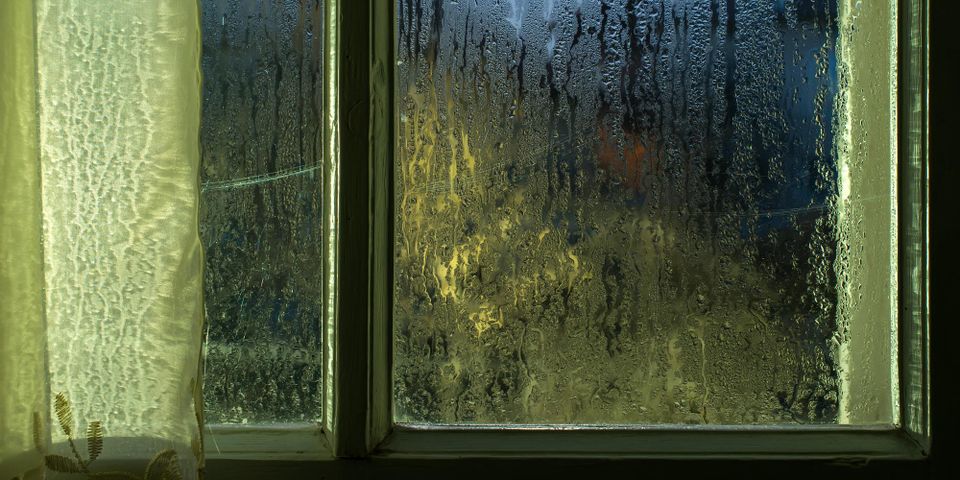
Foggy windows are more than just an annoyance; they affect visibility and give your home an unkempt appearance. Condensation can also increase the risk of issues like mold and mildew growth. Below is a comprehensive guide to window condensation, including prevention techniques and when to seek window replacement.
Why Does Condensation Form on Windows?
Condensation occurs when humid air comes into contact with cold windows; the moisture in the air condenses onto the glass surface. The excess moisture can come from a variety of sources, such as showering, cooking, indoor humidifiers, or household plants.
How Can You Prevent Window Condensation?
There are several steps you can take to prevent window condensation. You can keep the humidifier turned down low during the winter season and use exhaust fans to help remove moisture from your indoor air supply. Opening up the windows in your home will also release warm air outdoors.
When Should You Consider Window Replacement?
 If you have older windows and you find that they’re still prone to condensation, you might want to schedule a window replacement. One of the best solutions is to install insulated windows, such as double-pane windows. These windows use two sheets of glass rather than one to provide space for insulation; they help to prevent condensation as neither sheet of glass will be facing both hot and cold air at the same time.
If you have older windows and you find that they’re still prone to condensation, you might want to schedule a window replacement. One of the best solutions is to install insulated windows, such as double-pane windows. These windows use two sheets of glass rather than one to provide space for insulation; they help to prevent condensation as neither sheet of glass will be facing both hot and cold air at the same time.
If you’re planning a window replacement for your home or business, turn to the team at Genesee Glass & Mirror. For over 40 years, this locally owned and operated business has offered glass and window installation and repair to customers throughout Rochester, NY. They specialize in everything from windows and skylights to shower doors and windshields. Give them a call today at (585) 621-3580 to schedule a consultation with a representative. You can also visit their website to learn more about their products and services.
About the Business
Have a question? Ask the experts!
Send your question

